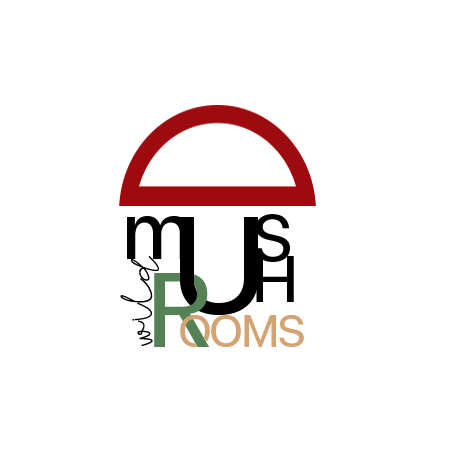“EMS/NAMA foray report” by Markus Thormann, Martin Osis, and Bill Richards
“Medicinal lichens” by Robert Rogers
“Boletes in Alberta” by Martin Osis
“Microworld” by Ming Chen
AMS-developed educational materials
The Alberta Mycological Society has developed an educational poster (pdf 251 k) about our provincial mushroom, Leccinum boreale, which we hope will become Alberta’s next official provincial emblem. We have also developed a bookmark (pdf 27 k) that highlights this mushroom.
In 2007, we published our first theme poster – Some Edible Mushrooms of Alberta (pdf 840 k). This poster is the first in a series of posters we aim to print over the coming years. Stay tuned for a poster of some medicinal mushrooms of Alberta to be published in 2008! These posters are not free-of-charge. Please contact us and we will inform you of poster and S&H costs.
All posters and bookmarks were developed with partial funding by grants from the Alberta Conservation Association and Alberta Community Development (Alberta Sport, Recreation, Parks and Wildlife Foundation).
You can also order them from the following address: Alberta Sustainable Resource Development, Information Centre, Main Floor, 9920-108 Street, Edmonton, AB, CANADA, T5K 2M4, or via telephone (1-780-944-0313; toll-free: 1-877-944-0313) or fax (1-780-427-4407).
Lastly, you can also obtain a poster from the Alberta Mycological Society (see address under the “Membership” tap to the left). Some S&H fees apply.
Additional educational materials will be forthcoming in the future.
Books
The Alberta Mycological Society frequently uses the following books to identify fungi. Keep in mind, these books cover only a small portion of all fungi in their respective region. Hence, it is possible that you will find fungi that are not described in any of these books. That is the nature of mycology.
Please use the utmost caution when considering whether or not to eat a fungus. If you do not absolutely know what you have picked, DO NOT EAT IT!!!! Always remember, eating fungi can be dangerous and the effects vary from person to person. If you have properly identified an edible mushroom, always eat a small portion first and keep some of the mushroom in your refrigerator in case your body reacts adversely to it. This eases the diagnosis in case of mushroom poisoning. Please report all mushroom poisonings to your nearest Poison Liaison Office (the Alberta Mycological Society).
Happy shrooming to you all…
Arora, D. 1986. Mushrooms Demystified, 2nd Edition. Ten Speed Press, Berkeley, CA, U.S.A. pp. 959.
Barron, G. 1999. Mushrooms of Ontario and Eastern Canada. Lone Pine Publishing, Edmonton, AB, Canada. pp. 336.
Bossenmaier, E.F. 1997. Mushrooms of the Boreal Forest. University Extension Press, University of Saskatchewan, Saskatoon, SK, Canada. pp. 105.
Boulet, B. 2003. Les Champignons des Arbres de L’Est de L’Amérique du Nord. Les Publications du Québec, Ste-Foy, QC, Canada. pp. 728.
Dähncke, R.M. 1993. 1200 Pilze in Farbfotos. AT Verlag, Stuttgart, Germany. pp. 1179.
Phillips, R. 1991. Mushrooms of North America. Little, Brown & Company Ltd., Toronto, ON, Canada. pp. 319.
Rogers, R. 2006. The Fungal Pharmacy – Medicinal Mushrooms of Western Canada. Prairie Deva Press, Edmonton, AB, Canada.
Schalkwijk-Barendsen, H.M.E. 1991. Mushrooms of Western Canada. Lone Pine Publishing, Edmonton, AB, Canada. pp. 416. [Also published as: Mushrooms of Northwest North America.]
